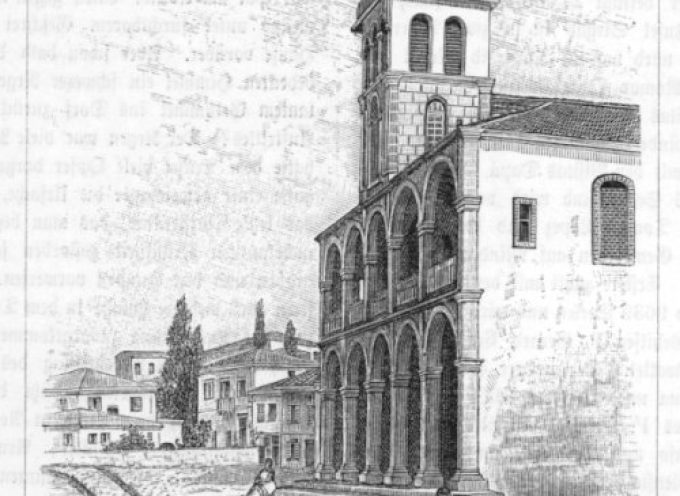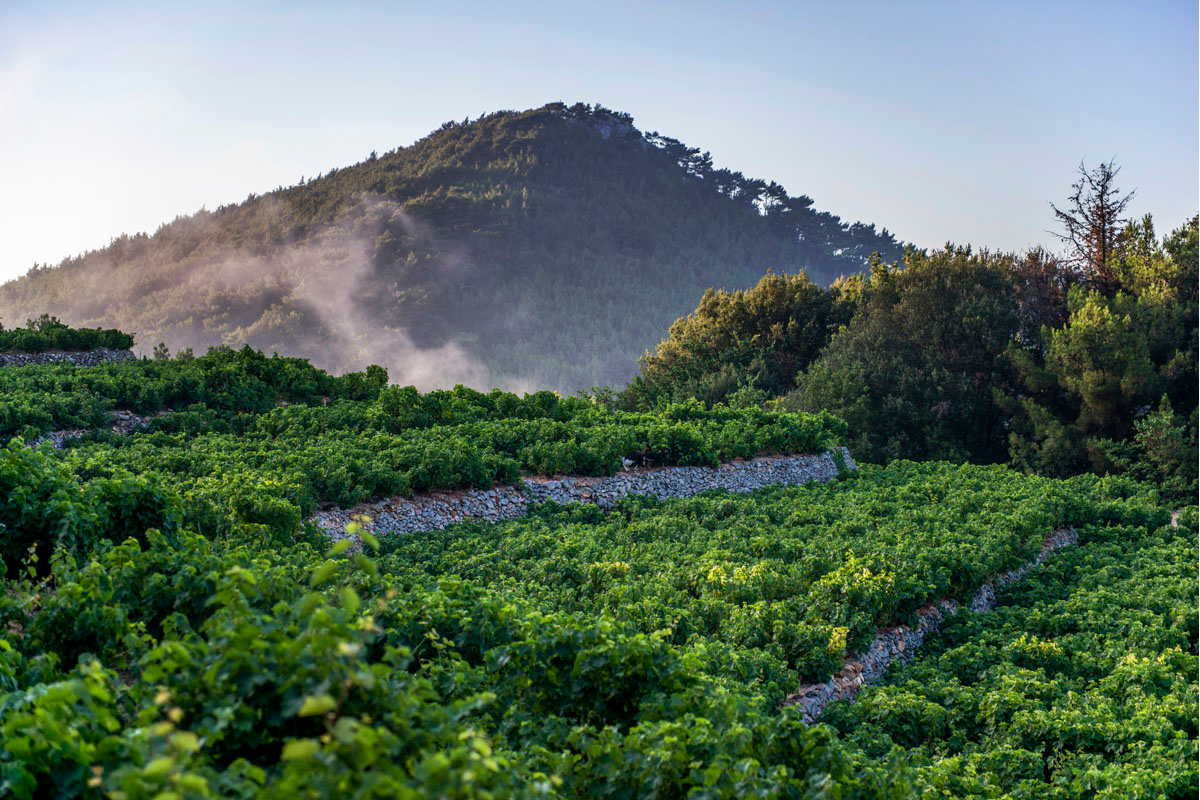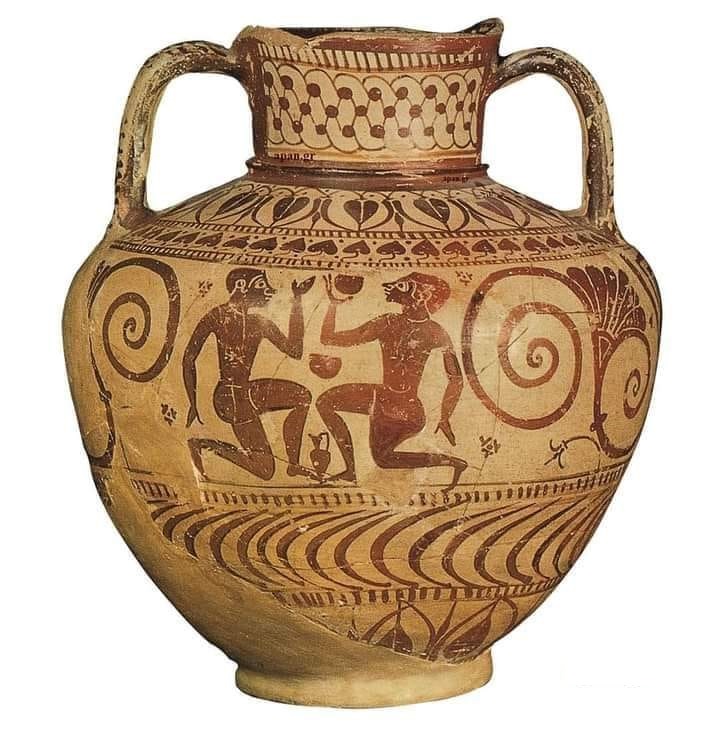
Wine tourism
Wine tourism

Samian wine is internationally recognized, with distinctions and awards in many labels, while the wineries of the island are of particular interest to the wine-loving visitor. Wine tourism is a special form of tourism that involves the provision of front-desk services, tours, hospitality and catering services in areas which are functionally integrated with winemaking or wine-producing facilities, e.g., vineyards. These services are offered in combination with activities related to viticulture and wine production.
In other words, it is a journey to the world of wine that visitors enjoy while combining it with their holidays on Samos. The purpose of wine tourism is to bring visitors in contact with wine production. Visits to vineyards where the famous grape variety of Samos, Muscat, is cultivated, and to wineries where the wine is produced, let people know how the wine reaches the bottle and finally the table. The tourist follows the process and tastes the wines.
On Samos there are significant opportunities and a lot of potential for the development of wine tourism. We constantly see vineyards being utilized and organized wineries established according to modern standards that can accommodate visitors. Many of them can be visited. In this way, they further promote the wine production process to the wine-loving visitors of the island. At the same time, local travel tourism businesses offer wine-related routes, combining it with wine tasting experiences.
The aim in all this is to create a new special market, which will include tourists with a common interest, their love for Samian wine, for which they wish to travel to the island and learn new things. It is therefore a special form of alternative tourism that can give additional benefits to the island of Samos. In addition to the revenue generated by the tourist flow, it can also lead to an increase in wine sales with an increase in exports to new markets.






















